
Among the multitude of projects studied at the heart of the design office in the rue du Théâtre and then in the much more modern premises in Vélizy, some have received media coverage (C10, GS coupé, etc.) and others have required – and still require – archaeological research. This is the case of the very famous compact saloon from the mid-1970s known as Project F below, for which we are still waiting for a detailed work.

And then there are some programmes of which only minute traces remain: a photo, a drawing, a plan… These are more difficult to put into context, and sometimes even the people involved at the time don’t remember them. My few interviews with the late Robert Opron, for example, never provided an answer to the project that concerns us today: EN 201 below in the form of two drawings.
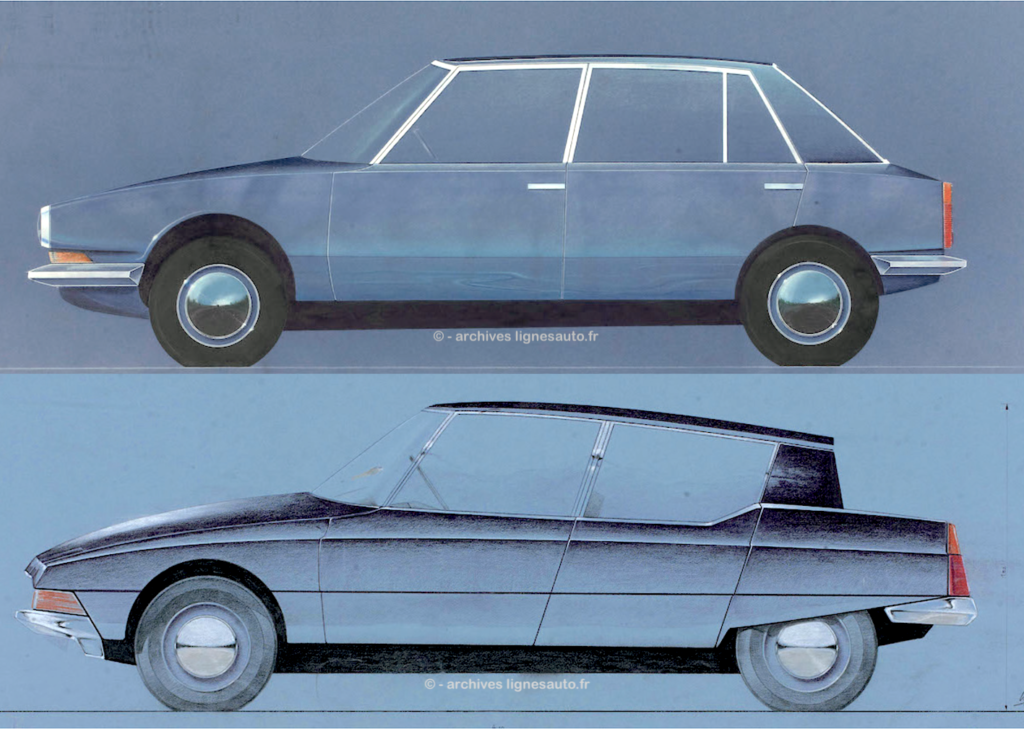
In my archives, I found an interview with Robert Opron in which he spoke at length about EN 101. Not yet EN 201, but some clues, no doubt, to point me in the right direction. According to Opron, the EN 101 was a multiple project that led to a prototype that was later presented by the manufacturer. In 1965, the aim of this programme was to define what the 2CV of the future could be. And this being Citroën, the vision of this renewal was flamboyant.
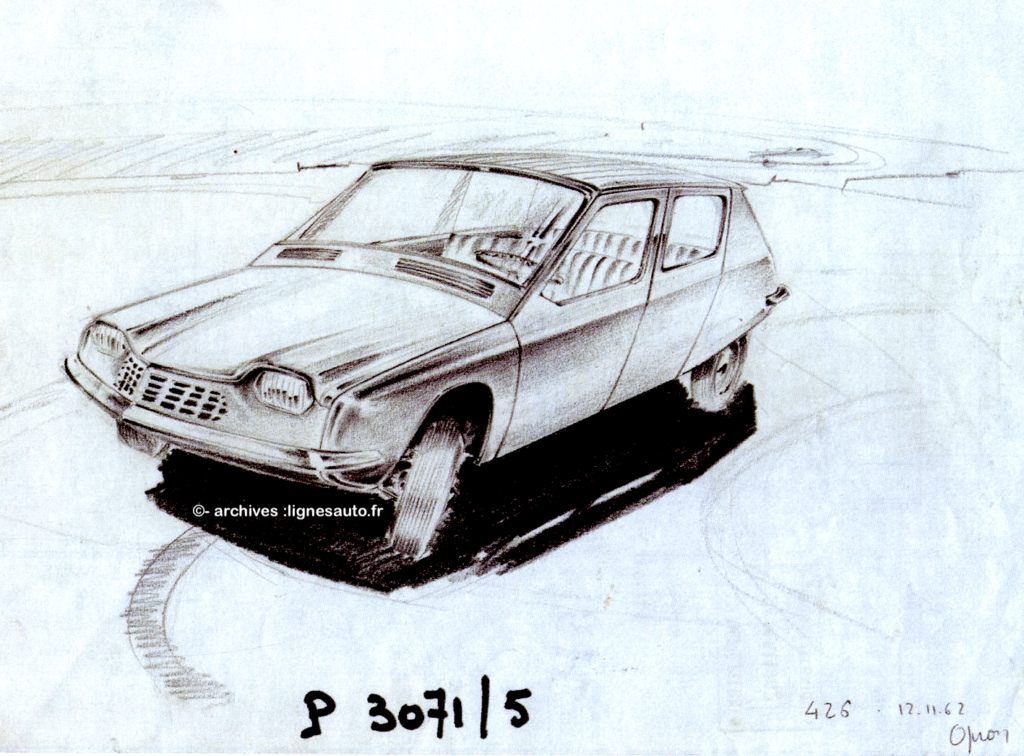
Robert Opron, who was appointed head of styling in 1964 after Bertoni’s death, was in a brilliant period. The vehicle destined for this programme took the name ‘G-mini’ because, as the French designer told me, “this project was conceived in the era of space capsules! It’s worth remembering that NASA’s ten Gemini missions were launched between 1963 and 1966. “The engineers designed a small, diamond-shaped four-seater with the driver’s seat in the centre, two side passengers and fabulous interior space. A small child’s seat completed the number of seats. The design office built a prototype with a very ordinary shape and a small bonnet. It was studied in great secrecy because some of the design team, in particular Mr Estaque, didn’t know about it.”
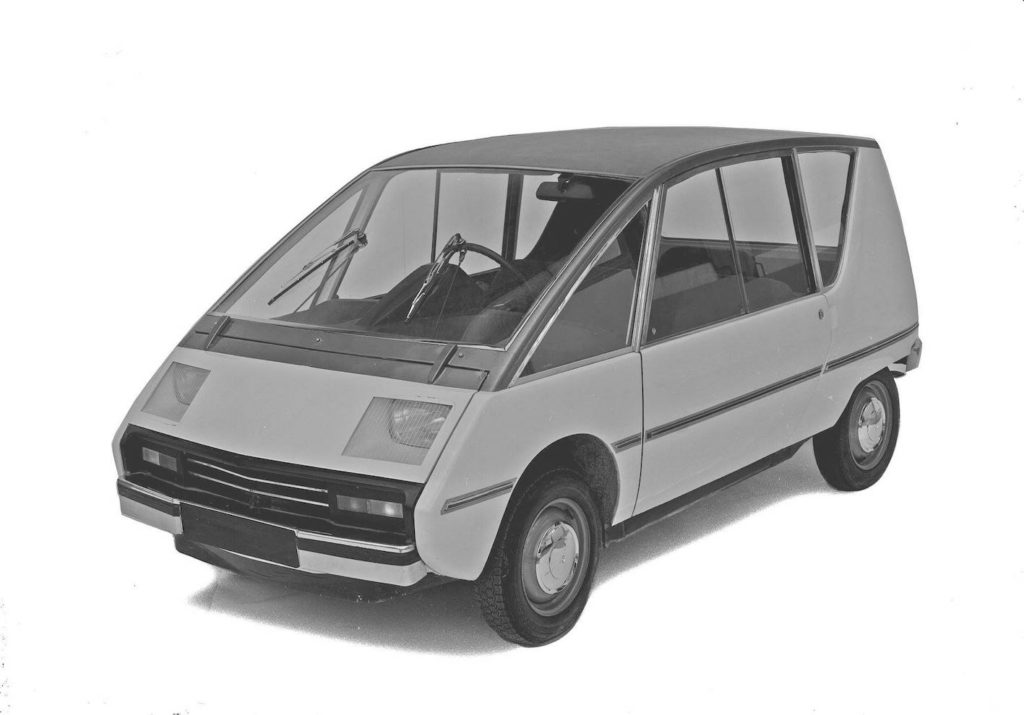
“This prototype was presented to the general management and Mr Cadiou said to me: ’Opron, all that’s left is to find a nicer shape for it! When Chairman Bercot saw it, he turned to one of his colleagues and said, ‘But that’s 1,000 a day right now! It was a blow to his heart.”
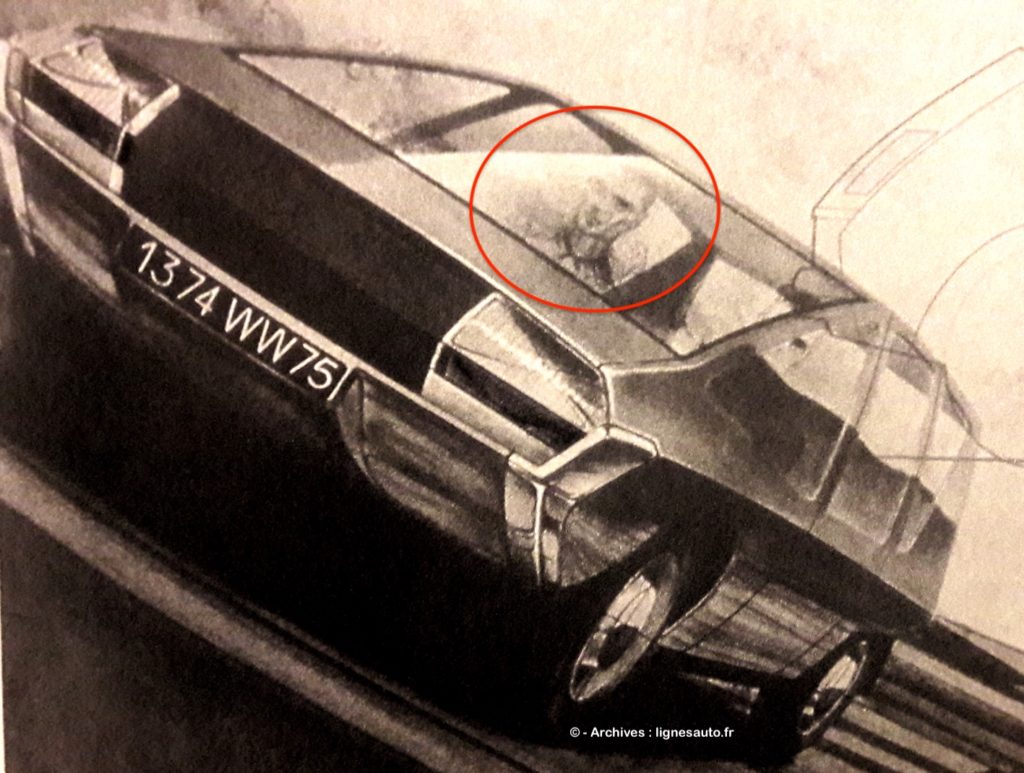
From 1,000 a day, the project’s counter remained stuck on… a single prototype presented that day. But the idea of the driver in the centre was taken up again on a vehicle with a more generous size, capable of going toe-to-toe with the Peugeot 204 and Renault 6 of the time. It was Michel Harmand who took charge of the design of this hatchback before its time (above). Longer and wider, this project remains at the drawing board stage, where the central position of the driver is clearly visible. But this is not the EN 201…
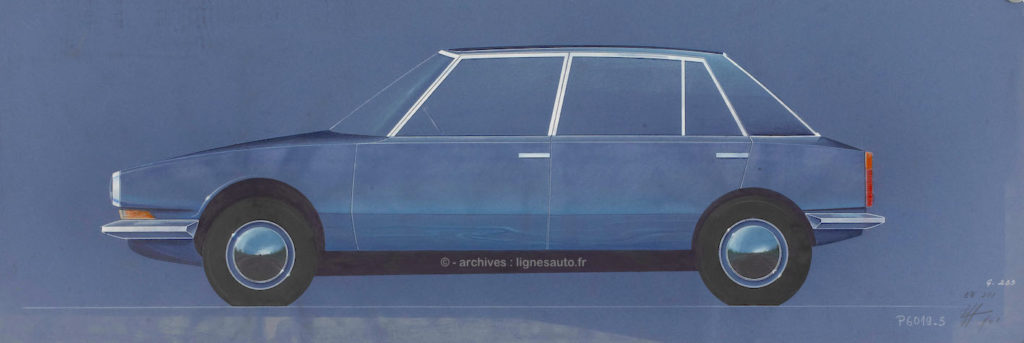
The two drawings from EN 201 published here are both dated 1968. So let’s put them in context. For the French, 1968 was mainly about the ‘events’ of May. For Citroën, the events were much more distinct and numerous! First of all, there was the official signing of the agreement with Maserati, which confirmed that the S programme (pictured below) would be powered by the Italian manufacturer from Modena. Citroën thus had a little taste of Stellantis before its time, with the parent brand, Berliet, Panhard and Maserati under its roof! This only served to cheer up Citroën, which had recorded a fall in production the previous year (1967). A first since the post-war period.

1968 also saw Citroën form an alliance with Fiat. It didn’t go very far, but it did change the course of automotive history and, above all, that of Citroën. The boss at the time tried to persuade the press and his employees ‘that there was no question of Fiat taking control of Citroën, that everyone would retain their independence and that the agreement would be beneficial for everyone’. 1968 certainly had a premonitory flavour for Citroën, which was to reunite with Fiat when Stellantis was created!
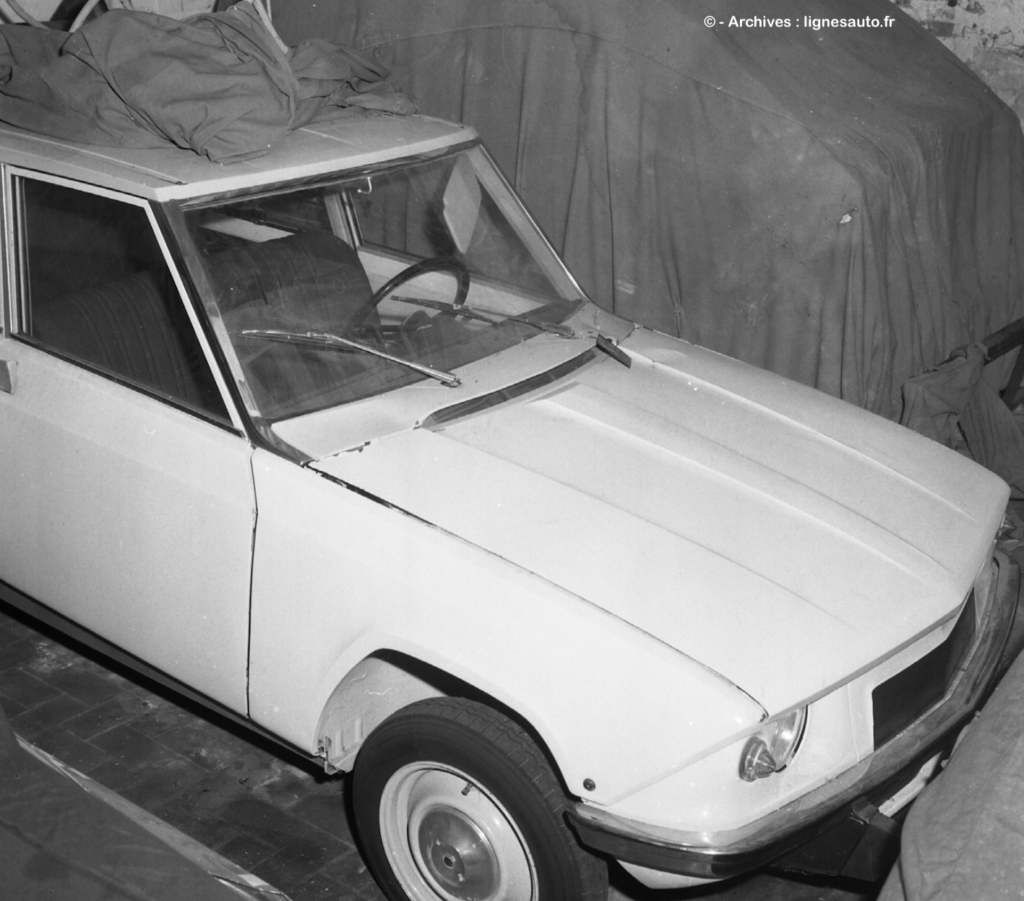
On the product side, 1968 saw the arrival of a formidable competitor for the DS: the Peugeot 504, while at the same time the R4 continued to attack the 2CV in the entry-level segment. And there was still no intermediate model capable of countering the rivals… In 1969, the Ami 8 tried to play that role. In 1968, Citroën secretly launched the G programme, which led to the GS. This vehicle was designed in a hurry following the discontinuation of the F project (above in its basic version) in April 1967.
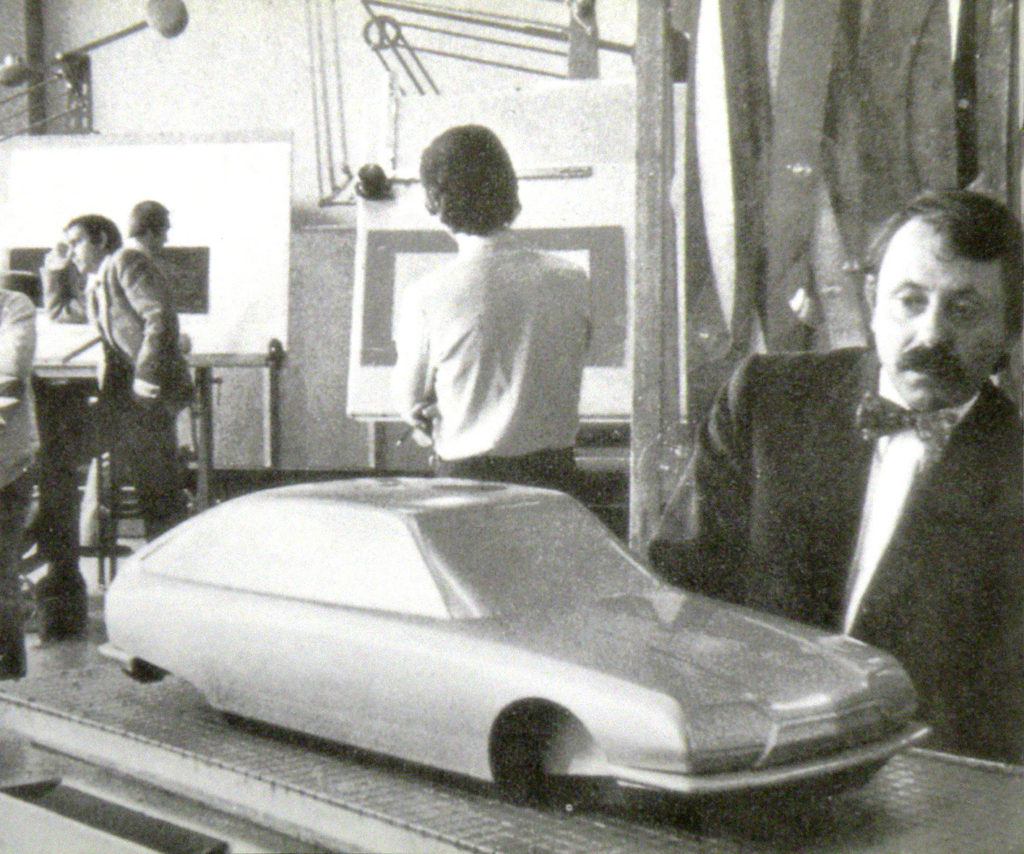
At this stage, the G project above with Robert Opron is already well advanced and we are astonished to discover that within the same construction dates, the EN 201 project shows a length identical to that of the GS, to within two centimetres: 4,10 m. But it’s not surprising to see two projects with similar gauges being worked on at the same time. Remember that the Super version of the Ami 8 was a hybrid of the Ami 8 with the GS powertrain!
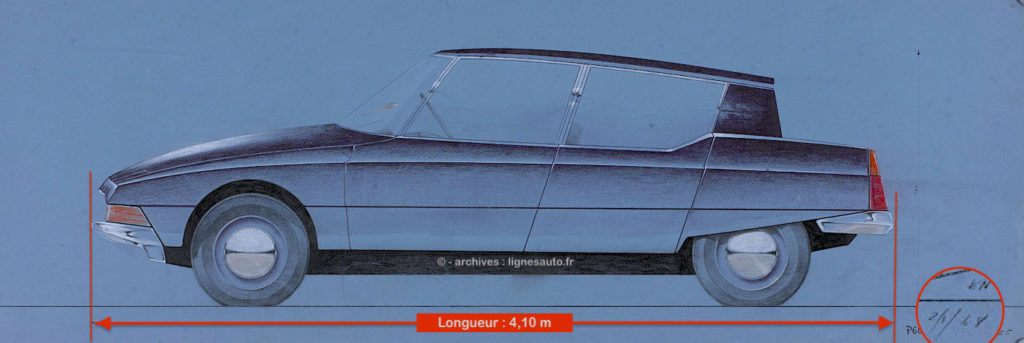
Unlike the concurrent GS project, the EN 201 appears to be based on the Ami6/8 platform with the twin-cylinder engine, unless it was programmed with an Ami 8 Super-type variant and the four-cylinder of the GS? The two drawings for the EN 201 are by Michel Harmand, which is surprising. Not that this brilliant designer didn’t have the skills for this project (Harmand was working at the time on the four-seater EN 101 and there were half-hearted references to the ‘L’ project for the future CX in 1974), but the vast majority of his drawings are executed with the front wheels turned, one of Michel Harmand’s signatures (below with a drawing of the L project).
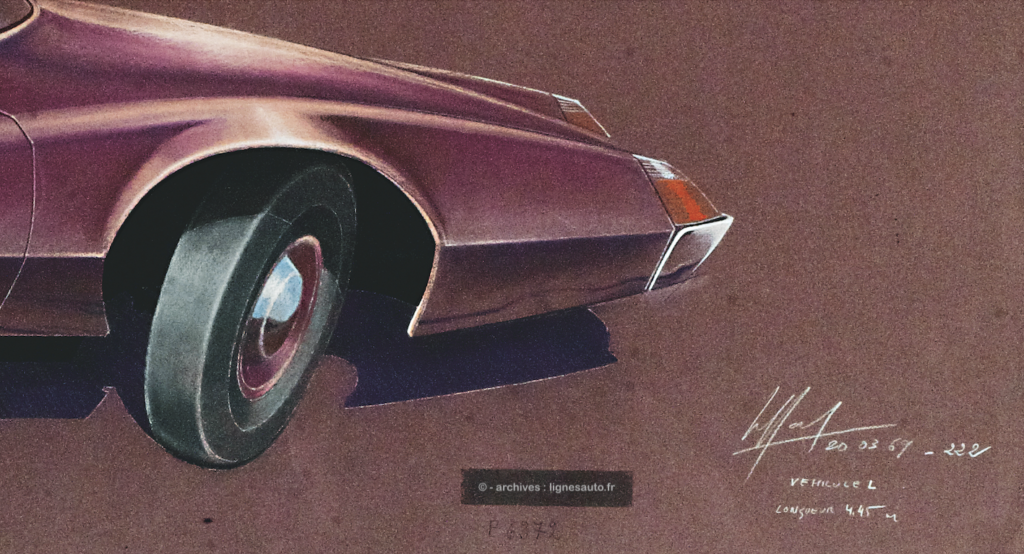
One of the two variants of the EN 201 is confoundingly classic. The restyled DS and the future Super DS project (below), the GS and the SM are there to prove it, even if the Dyane (presented a year before Michel Harmand’s drawings) and the Méhari of 1968 are special cases.
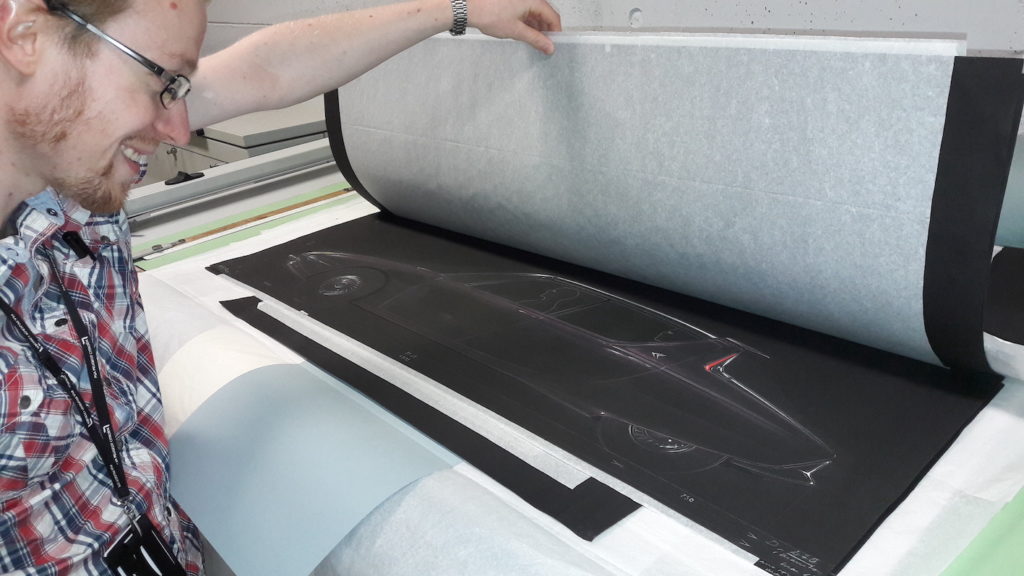
In fact, the EN 102 project, derived from the EN 101, had no other ambition than to replace the Ami 6 and Ami 8. Did the EN 201 have the same objective? If so, this indicates that for a short period, the GS project had the ambition to think bigger and leave room for another intermediate saloon between the 2CV family (2CV, Dyane and Méhari) and the GS.
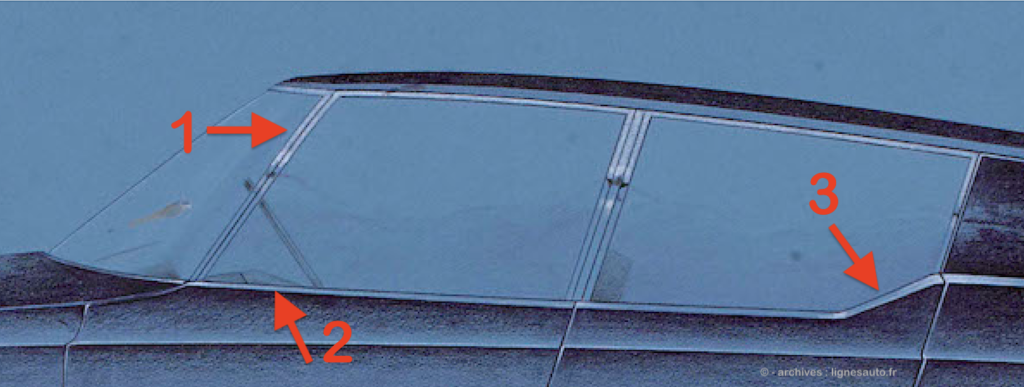
This possibility is all the more credible given that much the same thing happened with the L project, which was not intended to replace the DS in the range, but to succeed the queen of the road and the car formerly known as the ID. To put it plainly, the L project was designed to appeal to a less elitist clientele with the plan for an ‘L Mini’ (document published by Car Design Archives) with just two side windows and reduced length, while at the same time satisfying the DS faithful with the ‘L’ that became the CX we know today.
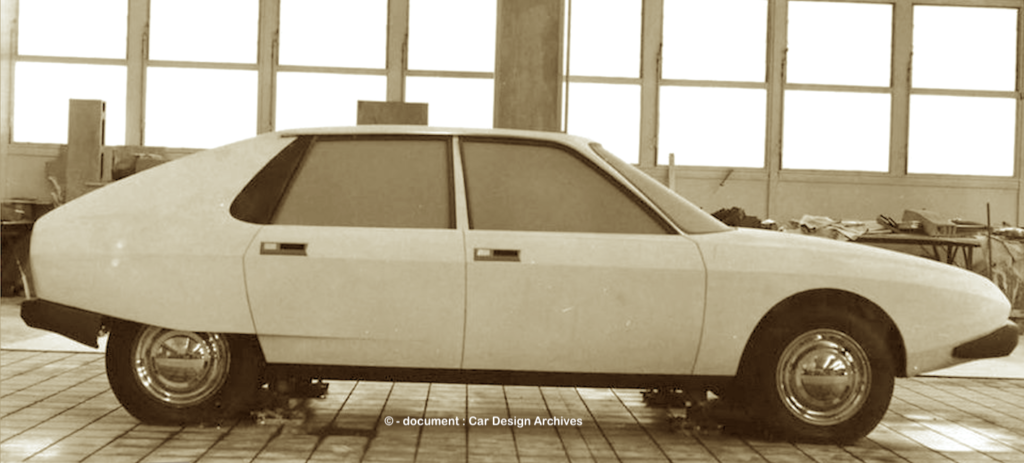
For a moment, did Citroën believe that the ‘G’ programme, which led to the GS with its hydraulic suspension and other equipment then found in the DS, would have been too high up – and too expensive – in the compact car market? Hence the interest of this EN 201 project, designed on a familiar base (that of the Ami) and easy to integrate into the industrial process of the time, capable of taking on the 204 and Simca 1100, for example. Below, the 204 cabriolet and the 1100 were already the stars of 1968 at Dinky-toys!
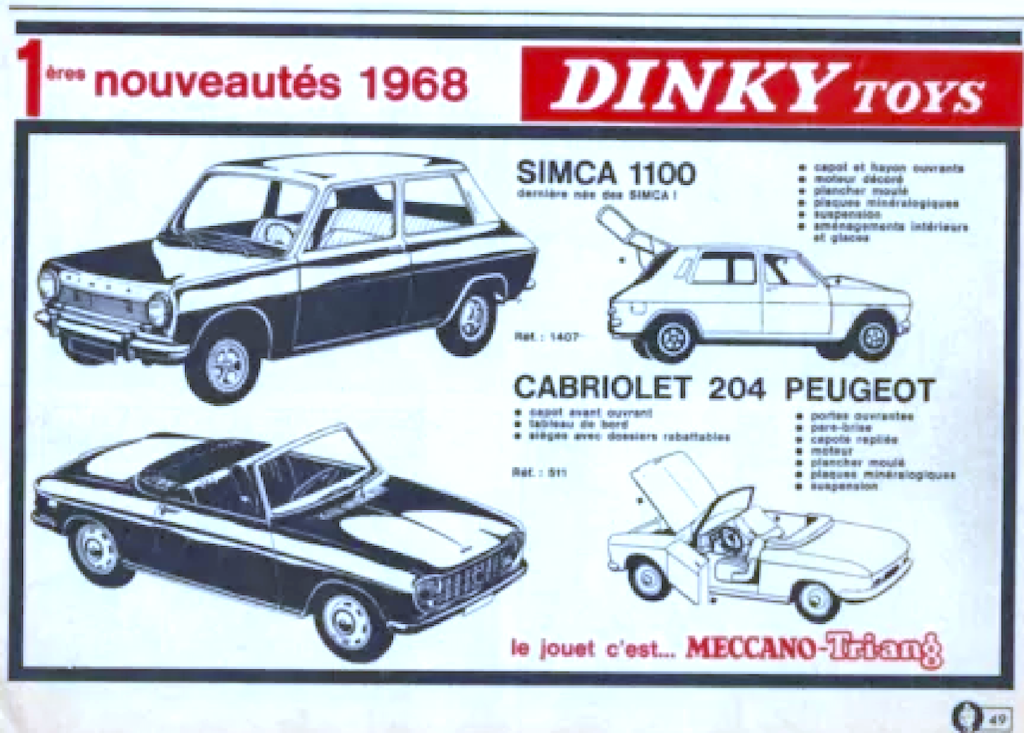
So, this EN 201 programme: an intermediate saloon between the 2CV family and the GS to accompany the latter, or a completely different programme which in any case didn’t get very far… a bit like the Ami 8 Super which wasn’t a success. What if it was the failure of the Ami 8 Super that put an end to the EN 201 studies? Or more simply, a lack of finance to support both the EN 201 and the GS, at a time when the clouds were beginning to gather over the brand?
